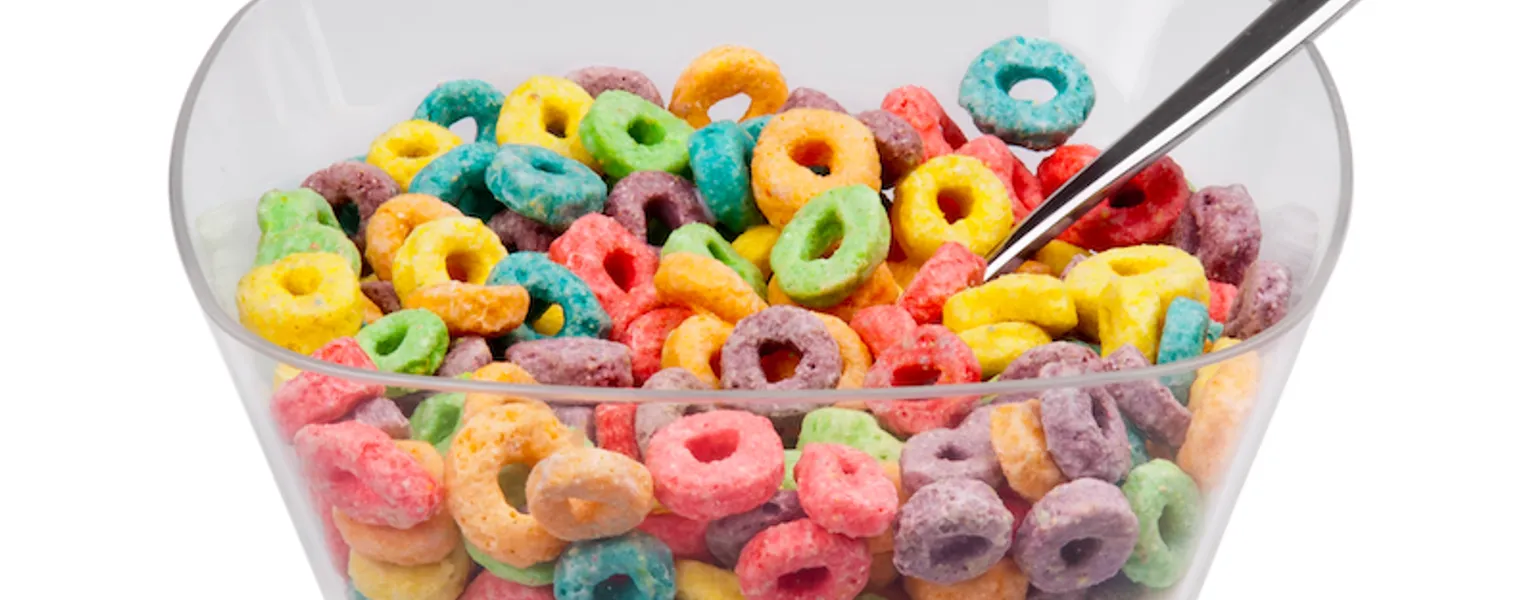Action on Sugar calls for removal of child-targeted packaging from products

Business
Fresh insights from Action on Sugar, based at Queen Mary University of London, highlight a concerning trend.
Recent research indicates that breakfast cereals and yogurts featuring child-friendly packaging contain excessive levels of sugars, with certain products harbouring up to four teaspoons of sugar per suggested serving. Despite notable reductions in sugar content for both breakfast cereals (14.9%) and yogurts (13.5%) between 2015 and 2020, in line with the Government’s Sugar Reduction Programme, the achieved progress falls short of the intended 20% target.
A mere nine cereals and six yogurts among those surveyed exhibited low sugar content. Astonishingly, only four cereals demonstrated low levels of both sugars and salt. In light of these findings, our panel of experts emphasises the necessity to eliminate child-targeted packaging from products categorised as high or medium in sugars, salt, and/or saturated fat.
Child-centric packaging employs visual elements such as cartoon characters, vibrant colours, animations, and familiar figures that resonate strongly with children. This marketing technique, often referred to as 'pester power,' is strategically designed to capture children's attention and influence purchasing decisions made by their caregivers.
Zoe Davies, Nutritionist at Action on Sugar based at Queen Mary University of London says: There is no reason why products with high or medium levels of salt or sugar should be marketed as ‘suitable for children’. If we are to protect the health of our future generation, then bold action is required now from both government and companies alike and this must include child-friendly packaging only being placed on healthier products.
While regulations are in place to restrict the advertising of high-fat, high-salt, and high-sugar foods during peak children's programming, a notable gap exists concerning product packaging. Unlike advertisements, packaging design lacks specific directives to mitigate child appeal. Addressing this issue could involve channeling visually captivating packaging strategies toward healthier options, adopting plain and adult-oriented packaging designs.
Related News
-
Business
California bill aims to address child-friendly cannabis packaging
-
Sustainability
Nestlé trials reusable steel containers for Nesquick in Germany
-
Technology
Why "child-resistant" doesn't mean "childproof": Understanding the limitations of CR Packaging
-
Sustainability
Calpol partners with Tesco for packaging recycling pilot
-
Business
AAFCO approves new pet food packaging guidelines




